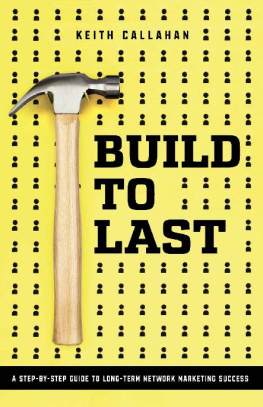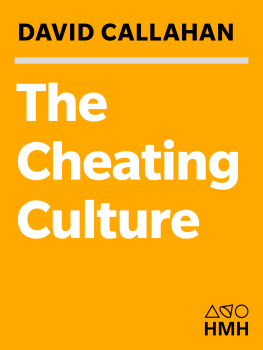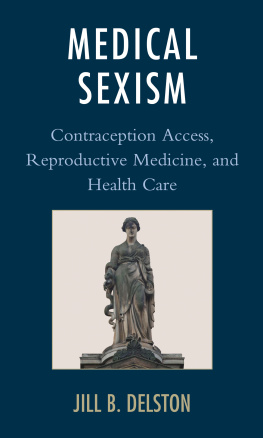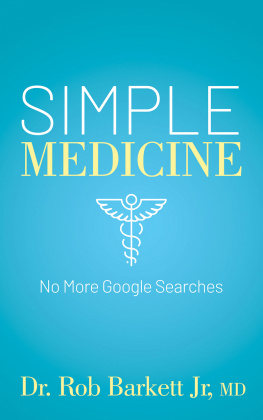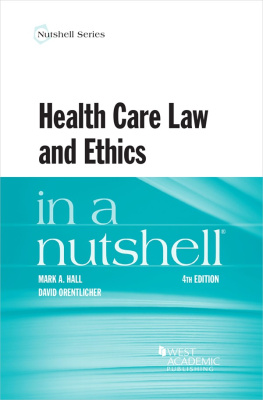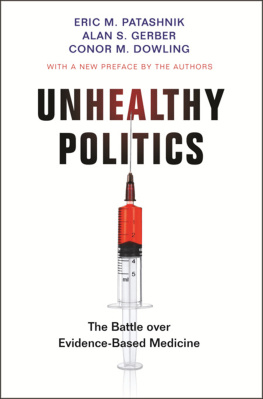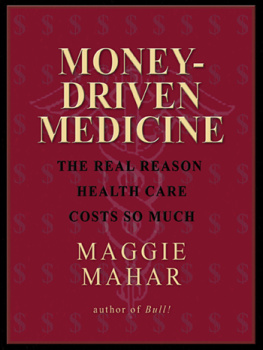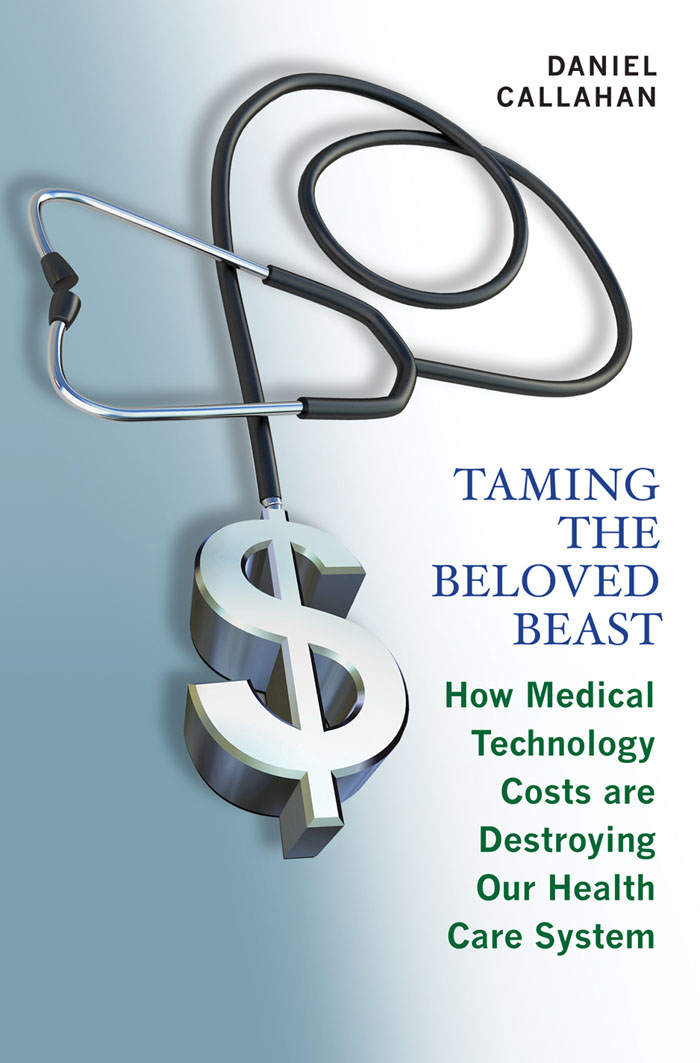TAMING THE
BELOVED BEAST

D ANIEL C ALLAHAN
T AMING THE
B ELOVED B EAST

H OW M EDICAL T ECHNOLOGY C OSTS ARE D ESTROYING
OUR H EALTH C ARE S YSTEM
P RINCETON U NIVERSITY P RESS
P RINCETON AND OXFORD
Copyright 2009 by Princeton University Press
Published by Princeton University Press, 41 William Street,
Princeton, New Jersey 08540
In the United Kingdom: Princeton University Press, 6 Oxford Street,
Woodstock, Oxfordshire OX20 1TW
All Rights Reserved
Library of Congress Cataloging-in-Publication Data
Callahan, Daniel, 1930
Taming the beloved beast : how medical technology costs
are destroying our health care system / Daniel Callahan.
p. ; cm.
Includes bibliographical references and index.
ISBN 978-0-691-14236-4 (hardcover : alk. paper)
1. Medical care, Cost ofUnited States. 2. Medical technology
Economic aspectsUnited States. I. Title.
[DNLM: 1. Biomedical TechnologyeconomicsUnited States.
2. Health Care CostsUnited States. 3. Insurance
economicsUnited States. W 74 AA1 V156t 2009]
RA410.53.C353 2009
338.433621dc22 2009001503
British Library Cataloging-in-Publication Data is available
This book has been composed in Aldus
Printed on acid-free paper.
press.princeton.edu
Printed in the United States of America
1 3 5 7 9 10 8 6 4 2
FOR OUR MANY YEARS TOGETHER

Vincent F. and Yvonne DeBruyn Callahan
William and Patricia Nagle
Michael and Mary Zeik
C ONTENTS
Medical Necessity:
An All-But-Useless Concept |
Redefining Medical Necessity:
From Individual Good to Common Good |
P REFACE
T his book was completed in the midst of one of the great fiscal crises of American economic history. It is still too early to know what the long-term implications and fallout will be and what it may mean for American health care in particular. How much and what kind of health care reform under a new president and Congress will be possible is now up in the air. The general economic woes surely pushed health care off the front page for a time, and even the presidential candidates had to put it aside for a spell.
Public opinion polls showed a remarkable fluctuation in 20072008. For a time they showed that the public saw health care reform, and cost control especially, as a top priority, even more than ending the Iraq war. But by late 2008 it had declined in importance, overshadowed by the larger economic travail. Meanwhile a steady stream of new studies showed the health care system deteriorating: the number of uninsured and underinsured steadily grew, costs continued to rise, employers slowly but steadily cut health care benefits altogether or cut their scope and coverage, out-of-pocket medical expenses continued to rise, and even the reasonably well insured reported financial distress from medical bills.
It was in one sense exhilarating to be writing a book on health care reform at a time when it had become a major domestic issue, even if that status fluctuated from time to time. But it was also distressing. We have a messy system, one ill-designed for reform because of the accretion of assorted interest groups with different agendas and vested interests, an ideologically divided public, and a steady stream of new and expensive technologies added to those already in place. If it is not too difficult to envision an ideal system, and there are many to choose from, it is more difficult to imagine politically just what it will take to put such a system in place. It is hardly less difficult to think of a fully defensible way of dealing with the main ethical dilemma that underlies the management of technology and health care costs: how to persuade the public and health care professionals that any plausible solution will require pain and sacrifice.
But one nice feature of writing on a complex problem was the most satisfying help I received from my colleagues and the research staff of The Hastings Center. They include Alison Jost, who helped me to keep it all straight in too many ways to describe, Gregory Kaebnick and Susan Gilbert, who read the entire manuscript with a sharp editorial eye and charged to assist me in making a sometimes wonkish topic readable and interesting. Jacob Moses and Polo Black chased down a seemingly endless list of obscure references. Mary Crowley provided both substantive and editorial assistance. I was also helped by Blair Sadler, a member of the Centers board of directors and a health policy veteran. My friend Muriel Gillick, the Harvard geriatrician, gave me some prudent advice about setting forth my own views. Shes a physician, and I tried, if not always successfully, to be a compliant patient. A special word of thanks must also go to Alain Enthoven, with whom I exchanged many letters on competition in health care. I am afraid I was not persuaded by his arguments, but he was the very model of someone with a superior professional history and uncommon policy experience graciously helping someone with lesser attributes. Finally, I am indebted to my wife Sidney, who had to listen to me talk at inordinate length about a subject that is far afield from her own interests. She was patient and tolerant and had many useful insights.
TAMING THE
BELOVED BEAST

I NTRODUCTION

TAMING THE BELOVED BEAST
H OW M EDICAL T ECHNOLOGY C OSTS ARE
D ESTROYING O UR H EALTH C ARE S YSTEM
O nce again the United States is in the midst of a periodic health care crisis, one that has emerged about every 15 years since World War II. Once again talk of reform is in the air. Once again public opinion polls show, as they have done for decades, that a strong majority of Americans want universal health careand also how divided they are about how to get there. Once again the complexity of reform, competing interest groups, and the long-standing resistance to an expanded role for government stand in the way.
Is it different this time? Will reform elude us? Will hopes be dashed? I will not try to prophesy how and when the current struggle will end. I want, instead, to examine a critical variable in any discussion of health care reform, one that is known and visible to health care experts and increasingly by the public but, curiously, politically minimized and evaded as well: the growing cost of medical technology.
In a rare instance of consensus, health care economists attribute about 50% of the annual increase of health care costs to new technologies or to the intensified use of old ones.are that the Medicare program will go bankrupt in 10 years or so, and the overall cost of health care will rise from $2.2 trillion in 2007 to over $4 trillion in the next decade or so, an astonishing jump.
That trend is a major contributor to the steady growth of the uninsured, now at 46 million and increasing at the rate of 1 million a year (although 2007 saw a small drop). Costs are no less a contributor to the gradual decline of employer-provided health care (now down to 60%), a reduction in benefits, and an increase in cost-sharing. American health care is increasingly unaffordable for business, for government programs, and for individuals. Despite a popular Medicare program, its beneficiaries, those over 65, will spend an average of $5000 a year of their own money on health care, and some as much as $10,000. Half of all personal bankruptcies in the United States are occasioned by health care debts.


